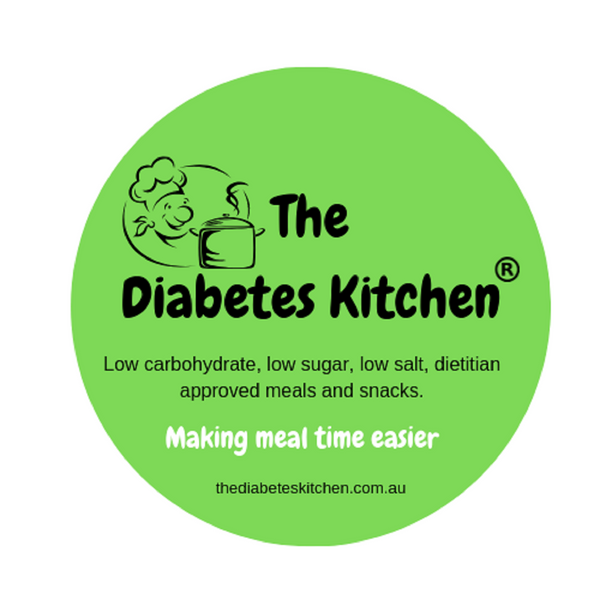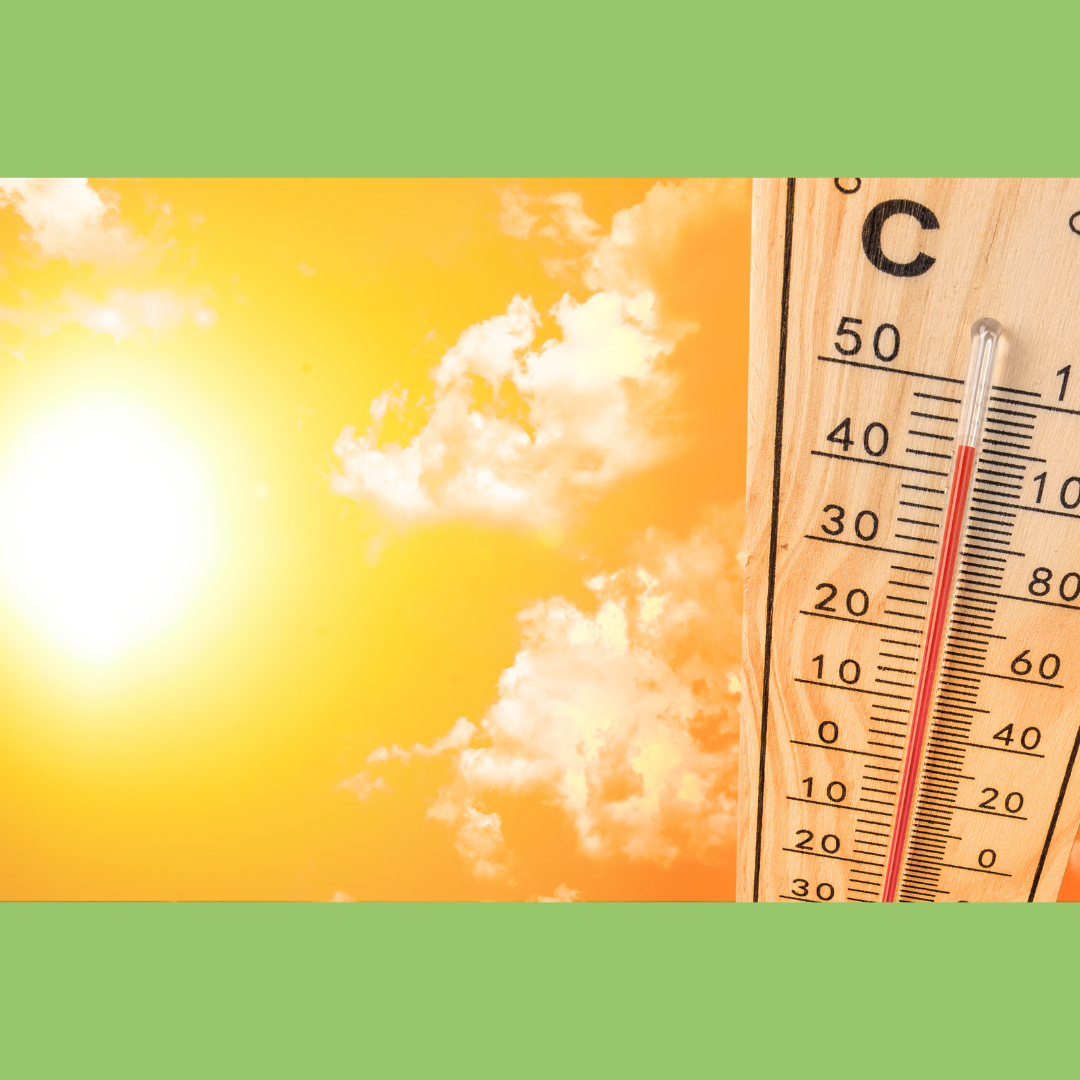The long weekend has been unbearably hot for residents of Victoria, Tasmania, and South Australia, as the Bureau of Meteorology has issued heatwave alerts for those three states.
Maximum temperatures of 38 degrees Celsius are anticipated in Melbourne on Saturday, Sunday, and Monday. Should temperatures indeed attain 38 degrees Celsius, it will signify the highest three-day temperature span documented in March since 1942.
"The temperatures are not unprecedented, but they are certainly at the upper end of the expected temperature range for this time of year," Angus Hines, a senior meteorologist at the Bureau of Meteorology, stated.
As depicted here off the coast of Heron Island, coral bleaching has struck the Great Barrier Reef once more.
Great Barrier Reef experiences its fifth widespread coral bleaching event in eight years, the marine park authority confirms.
Due to weaker winds, Hines stated that the likelihood of fires similar to those that have occurred in western Victoria over the past few weeks was minimal. However, for the extended weekend, fire danger ratings of high or extreme were predicted for every district in Victoria with the exception of East Gippsland. The districts of North West, North Central, and Central were anticipated to have the highest ratings.
Certain regions of southwestern Victoria, including Portland and Walkerville, would experience 16 degrees Celsius above mean temperature.
The heatwave was brought about by a blocking high, which is a system of strong, slow-moving pressure that accumulates heat.
Victorians were advised by Hines to be mindful that the warmest periods of the day frequently occurred from late afternoon to early evening, as opposed to during the height of the sun.South Australia and Tasmania have also been issued heatwave advisories by BoM, with highest temperatures anticipated over the long weekend. Saturday's maximum temperatures for the majority of South Australia would range between the upper 30s and mid-40s.
The government of South Australia implemented a code red response from 5:00 pm on Friday, March 12th, to 9:00 am on Tuesday, March 12th.
During this time period, the response would facilitate connections between homeless South Australians and supplementary support services, such as expanded accommodation alternatives and supplementary food provisions.
It was anticipated that Adelaide would attain high temperatures of 37 degrees Celsius on Friday, 40 degrees Celsius on Saturday, and 37 degrees Celsius on Sunday.
During this extended weekend, the city will be the venue for several significant events, including the Adelaide Fringe Festival, the South Australian Athletics Championships, and the Adelaide Cup horse race, in addition to the annual music festival Womadelaide. anaging extreme high temperatures when you have diabetes requires careful planning and attention to your health and hydration. Here are some tips to help you stay safe and healthy during hot weather:
-
Stay Hydrated: Drink plenty of water throughout the day to stay hydrated, especially when temperatures are high. Avoid sugary drinks and alcohol, as they can lead to dehydration and affect blood sugar levels.
-
Monitor Blood Sugar Levels: Check your blood sugar levels regularly, as extreme heat can affect how your body responds to insulin or diabetes medications. Be prepared to adjust your insulin dosage or treatment plan as needed in consultation with your healthcare provider.
-
Stay Cool: Seek out air-conditioned environments whenever possible, especially during the hottest parts of the day. If you don't have access to air conditioning at home, consider spending time in public buildings such as libraries, shopping malls, or community centers.
-
Dress Appropriately: Wear lightweight, loose-fitting clothing made of breathable fabrics such as cotton or linen to help keep your body cool. Protect yourself from the sun by wearing a wide-brimmed hat, sunglasses, and sunscreen with a high SPF.
-
Plan Outdoor Activities Wisely: If you need to be outdoors during hot weather, try to schedule activities during the cooler morning or evening hours. Take frequent breaks in shaded or air-conditioned areas, and avoid strenuous exercise or physical exertion during peak heat times.
-
Protect Your Feet: If you have diabetic neuropathy or other foot complications, be extra vigilant about protecting your feet from heat-related injuries. Wear supportive, comfortable shoes and avoid walking barefoot on hot surfaces such as sand or pavement.
-
Keep Medications Cool: Store insulin and other diabetes medications in a cool, insulated container when traveling or spending time outdoors. Avoid leaving medications in direct sunlight or in hot cars, as extreme heat can affect their effectiveness.
-
Be Prepared for Emergencies: Have a plan in place for managing diabetes-related emergencies during hot weather, such as hypoglycemia (low blood sugar) or hyperglycemia (high blood sugar). Carry emergency supplies, such as glucose tablets, snacks, and a glucagon kit if prescribed by your healthcare provider.
-
Stay Informed: Keep an eye on weather forecasts and heat advisories in your area, and take appropriate precautions to stay safe during extreme heat events. Stay informed about signs of heat-related illnesses such as heat exhaustion or heatstroke, and seek medical attention if you experience symptoms such as dizziness, nausea, rapid heartbeat, or confusion.
By following these tips and staying vigilant about your health and hydration, you can effectively manage extreme high temperatures and stay safe and comfortable during hot weather when you have diabetes. If you have any concerns or questions about managing diabetes in hot weather, don't hesitate to consult with your healthcare provider for personalized advice and guidance.

